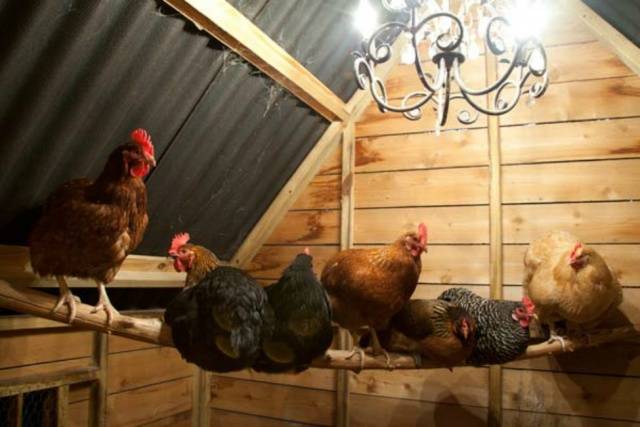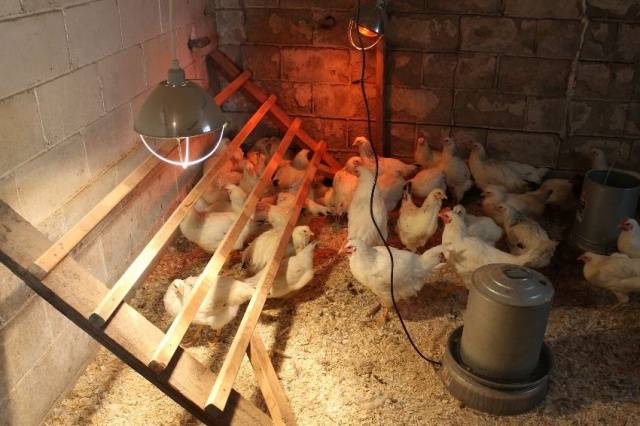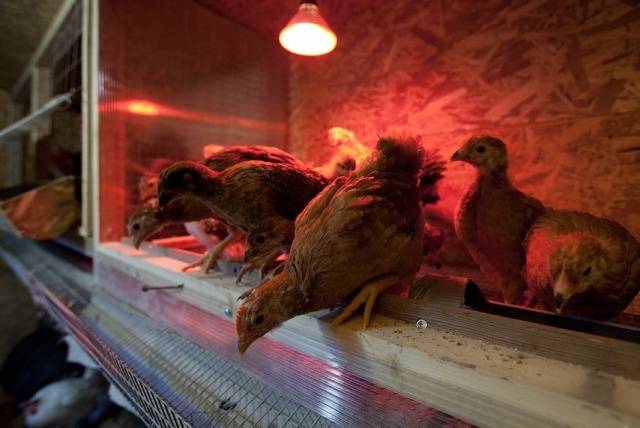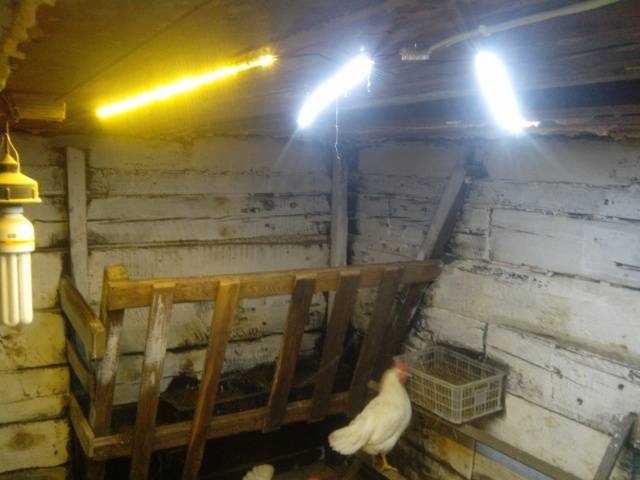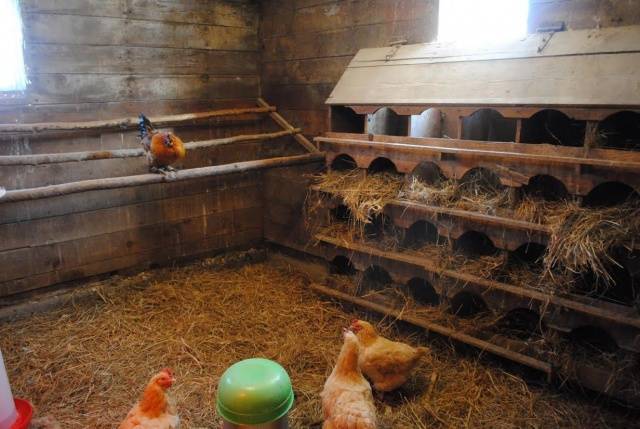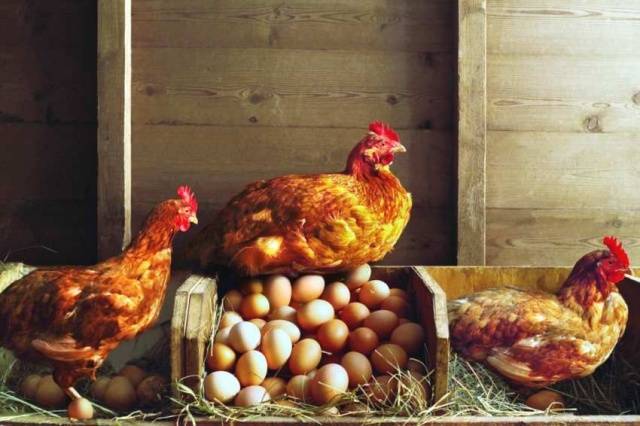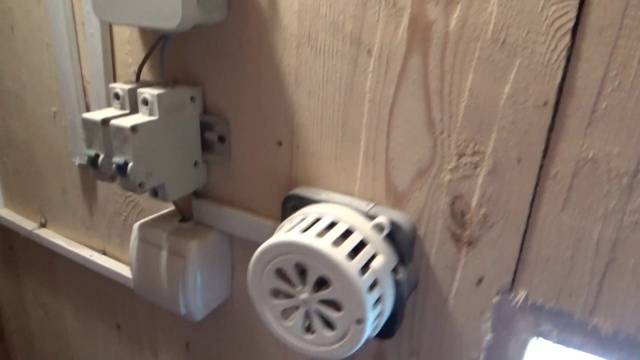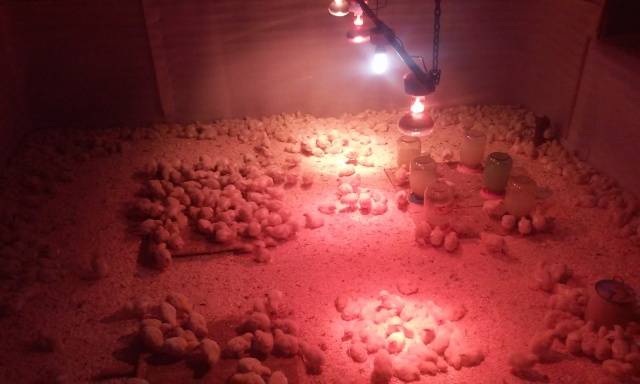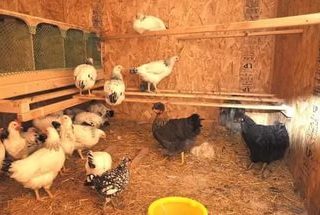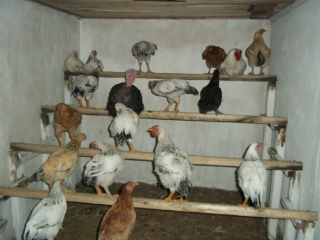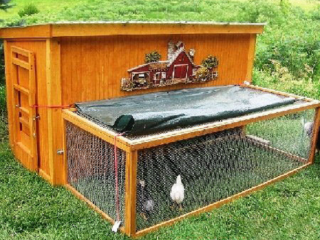Content
High-quality lighting in a chicken coop is an important element of a comfortable life for birds. Light of sufficient intensity improves egg production and promotes the development of layers. It is imperative to illuminate the chicken coop in winter, when the sunny day does not last long.
Do you need artificial light in a chicken coop? - according to the reviews of experienced breeders, lighting in the flock is necessary at least in winter. With insufficient light in the house, chickens develop more slowly and produce fewer eggs. In addition, young animals are often injured when moving around the room in the dark.
Benefits of a lit chicken coop
Novice poultry breeders often neglect the installation of lamps in a building. Many people think that lighting is needed only for the convenience of the owner of the flock. However, high-quality light in the chicken coop has a beneficial effect on the bird itself. An illuminated building has the following advantages:
- egg production and egg size increases;
- chickens grow and develop much faster;
- birds are less injured because they move around the illuminated area;
- the period of egg production of birds increases;
- chickens absorb food better, getting more nutrients and vitamins;
- the number of surviving chicks is increasing.
Often, breeders give up electricity in a flock for fear of high electricity bills. However, with the right choice of equipment, the expenses will not be overhead.
Features of the electrification of the poultry house
Before supplying communications to the flock, you must select the brightness. Very bright fixtures can lead to aggressive chickens, causing fights. Birds with this behavior experience severe stress, and sometimes they are simply injured. Dim light is also destructive, birds in such conditions are poorly oriented in space. In addition, with insufficient illumination, the egg production of chickens falls. The best is considered to be a system with an adjustable light intensity.
The brightness of the lighting in the chicken coop should be 30 lux. If there are one or more roosters in the building, the lighting is raised to 15 lux.
The light in the flock must be extinguished when all the chickens are already sitting on their roosts, because at night the birds move poorly and may simply not get into their house or roost. Many novice breeders do not know what kind of lighting for a chicken coop is optimal in the winter season. During this period, the chickens need to turn on the light not only in the morning, but also in the evening.
If the hens start to fight after installing the lamps in the house, the lighting is dimmed by a few lux. In addition, the lighting should not be turned on abruptly, as this can disorient the birds. It is best to light the appliances gradually, this will create a sunrise effect and make the chickens cycle more natural. Also, the time and degree of lighting can be adjusted with a timer.
The optimal period for lighting the light is 7-15 minutes. If it is impossible to install such a system, then the light is turned on gradually in the building. First, the distant lamps are lit, gradually passing to the near ones. The same scenario is used to extinguish the lighting in the poultry house.
The sudden change in environment will stress the chickens. Therefore, the devices are turned on gradually, adding one to two hours of work per day. According to this scheme, the operating time of electricity is brought to 10 hours in the summer and 11-14 in the winter. For convenience, the system can be supplemented with a timer.
Choosing lamps for the poultry house
According to experienced breeders, lamps should be installed every 5-6 meters of the chicken coop. The recommended power of the devices is 40-60 volts. This principle allows you to calculate how many lamps are needed to illuminate the flock.
Both fluorescent and conventional incandescent lamps are suitable for the equipment of the poultry house. The latter, among other things, are resistant to low temperatures. It is undesirable to use fluorescent devices in poultry houses, as they harm the eyes of animals.
Sodium plants are another option for house installations, but they are expensive.
The most profitable and option for the poultry house are LEDs. They have a long service life and a good degree of illumination. In addition, such systems are economical compared to traditional lighting fixtures. In specialized stores today you can find lamps designed specifically for lighting poultry houses.
Lighting color also plays a role:
- for aggressive animals, it is better to use blue devices, they have a calming effect;
- green lamps are used to accelerate the development and growth of birds;
- orange lighting fixtures are used to improve productivity growth;
- It is not recommended to use red devices; during their operation, the number of eggs produced by the chicken decreases.
When designing electrical communications for the poultry house, it is worth considering the high humidity inside the house. Therefore, the number of wiring, timers and other electrical appliances should be kept to a minimum. A shield with a switch is located outside the hen house or in a specially equipped vestibule.
When moving around the poultry house, chickens can touch the lights, so the lamps are immersed in strong shades without fail. Also, breeders often use lampshades, with their help, light can be directed to the necessary areas of the chicken coop.
Why you need to light a chicken coop in winter
It is best to set a timer for lighting in winter. Because you need to turn on and off the light 2 times a day. It is necessary to increase the period of light in the house from November onwards. At this time, the birds stop shedding. In addition, it is by winter that the egg production of birds falls. If the day is artificially extended in the house, the birds will produce more eggs. Chicks develop much faster in good lighting.
It is necessary to extend the daylight hours in the winter season from 12 to 14 hours. They turn on the lamps at dawn, and extinguish them 3-4 hours after sunset. It is important to observe the regularity of the regimen. This method of lighting creates the illusion of daylight hours and the chickens feel comfortable.
